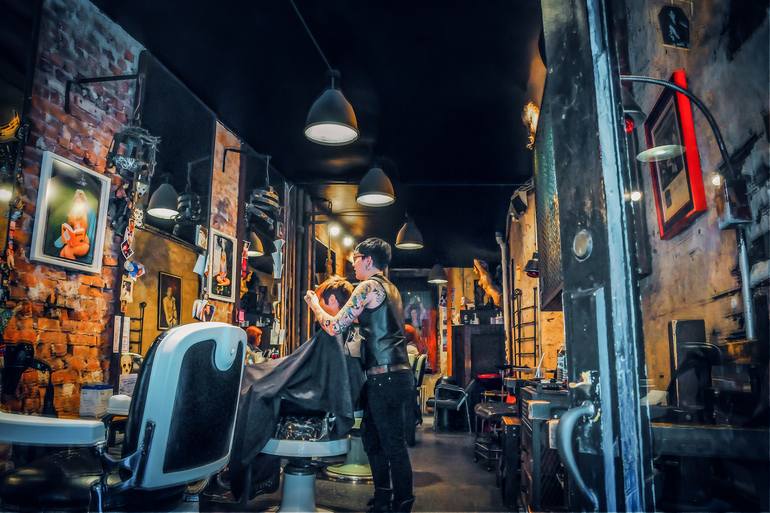Crucial Sanitation Practices All Hairdresser Should Steer Clear of for Maximum Customer Safety
Maintaining adequate sanitation is essential in any field that involves personal contact among clients, particularly within the barbering field. Barbers hold an important part in helping people look and become the finest, however this responsibility entails with the need for rigorous hygiene protocols. For the well-being of customers and barbers alike, there are numerous essential sanitary measures that should be avoided. Recognizing these practices may assist ensure a sanitary and safe environment in barber shops.One of the most common hygiene mistakes barbers should avoid is the recycling of individual grooming tools without proper cleaning. Instruments such as shears, clippers, and combs can hold germs and pathogens if they are not cleaned after each use. Barbers should consistently sanitize their instruments with appropriate solutions or wipes after customers. Neglecting to do so might result to the spread of infections, which can have serious consequences for customers. Creating a schedule for cleaning and sanitizing instruments is not just a recommended practice; it is a necessary part of maintaining a safe operational setting.
Another practice to avoid is neglecting to clean one's hands regularly. Barbers engage with various customers in a single-day day, and their hands can easily pick up bacteria and pathogens. It is essential for barbers to clean their skin thoroughly with soap and liquid prior to and after each client. Additionally, using hand disinfectant can be an efficient way to further reduce the spread of germs. Skipping this process can endanger client safety and may lead in diseases or illnesses that could have been easily avoided.

Proper cleanliness of the barber shop setting is also vital. Barbers should avoid ignoring surfaces that are frequently handled, such as seats, work surfaces, and lounge area chairs. These areas should be cleaned and sanitized regularly to reduce the site risk of contamination. Establishing a cleaning schedule can help barbers maintain a sanitary setting. This protocol not only protects clients but also enhances the overall experience, making customers feel more at ease and appreciated.
Additionally, barbers should avoid using items that have not been kept or managed correctly. Cosmetic items such as styling gels, hair sprays, and oils can become tainted if they are kept unsealed or improperly stored. It is important for stylists to examine use-by dates and to store products in a cool, dry place. Discarding any outdated or suspicious items is vital to guarantee client safety. Using tainted items can lead to skin irritations or allergic reactions, which can damage a stylist's reputation and harm clients.
To conclude, stylists have a duty to men's hair care tips copyright high levels of hygiene to ensure the well-being and well-being of their customers. By preventing the recycling of unsterilized tools, overlooking hand hygiene, overlooking environmental sanitation, and utilizing improperly stored products, stylists can create a safe and inviting environment. Understanding and implementing these critical sanitary practices not only protects customers from infections but also builds trust and faithfulness. A sanitary barber shop is a successful barbershop, in which both stylists and clients can experience assured and safe.